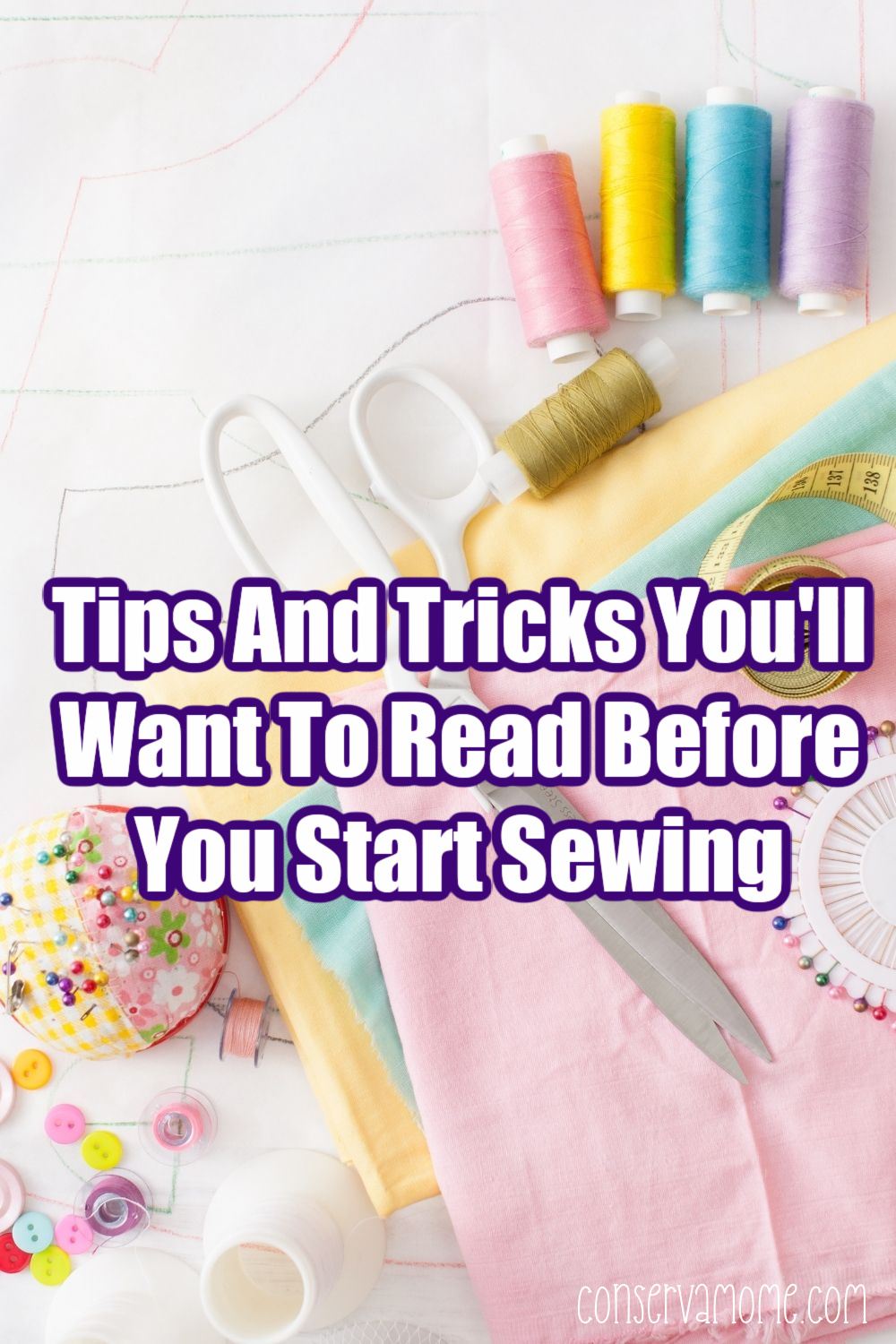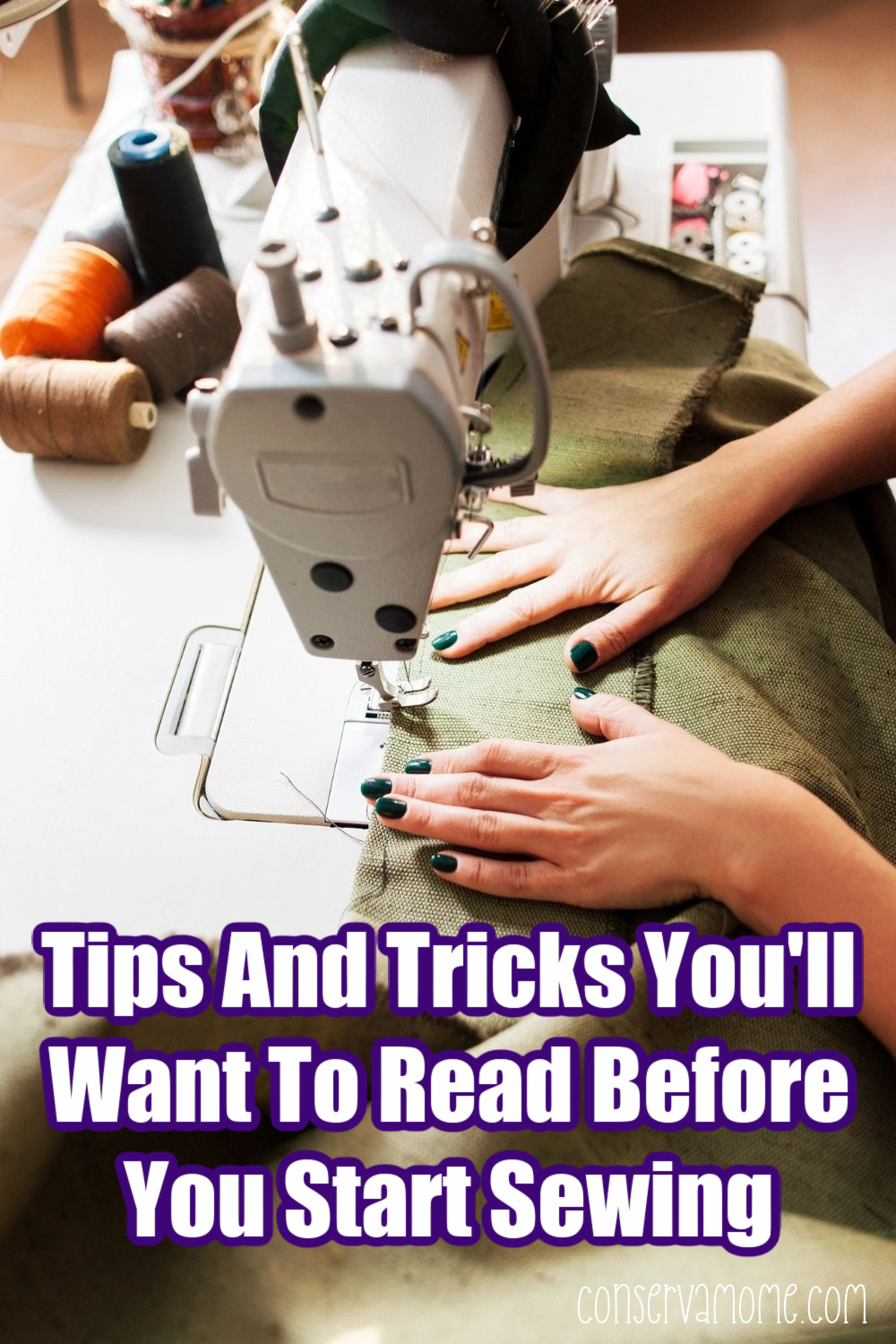Have you been thinking about taking up sewing? Then check out these great Tips And Tricks You’ll Want To Read Before You Start Sewing

Tips And Tricks You’ll Want To Read Before You Start Sewing
Since the start of the pandemic and the enactment of global lockdown measures, we’ve all started taking interest in learning different skills and acquiring beneficial hobbies. Many people started taking on major home renovation projects, while others viewed it as a chance to get back in shape. Many individuals decided to indulge in self-care and numerous others started to learn languages that they’ve always wanted to learn. If you are reading this article, then you are probably one of the people who wanted to give sewing a try. If you are new to the world of sewing, you may feel confused as to where you should start. Sewing can feel overwhelming at first, however, once you get the grip of it, you will come to see how therapeutic it is. Here are tips and tricks that you’ll want to read before you can start sewing.
Start Sewing By Hand
One of the most important things that you should do when you start sewing is to start it out by hand; this is to ensure that everything goes smoothly and perfectly. The first one or two stitches should always be done by hand; make sure to turn your hand wheel anticlockwise as you go. This will allow you to check whether the needle is passing smoothly through your fabric. This technique will also allow you to determine if the thickness of the fabric is causing you a problem, as it would while you are stitching your jeans, for instance. You may also be able to avoid any thread jams, as well as ensure that your first thread placement is flawlessly defined.
Keep Things Down
When we say to keep things down, we are not referring to the noise level; though, your neighbors will be thankful if you can keep the noise to a minimum. On a real note, you should never stop sewing if your needle is up and out of the fabric. You should also keep going if you are sewing a corner, are trying to move the fabric slightly at a curved seam, or want to pull out a pin. What you need to do is to leave the needle down; it should be pivoting in the fabric. Doing so will help ensure that your seam is impeccably aligned.
The Right Scissors
Choosing the right scissors is one of the most important things that you should do before you start sewing. For a seamstress, scissors are essential to make accurate and consistent cuts through a variety of different fabrics. The more you indulge in this hobby, you will notice that your wrist and hand will start to hurt as you cut larger pieces of fabric. This is why you need to search for quality fabric scissors.
When In Doubt, Rethread
This should be your number one motto as you sew. Whenever you notice that your seam has a thread that’s either too loose or too tight, make it a point to rethread everything. This should also be the case if you notice that your machine is skipping over some stitches. Rethreading all that you’ve got, from the spool and the bobbin, even if it seems all right, will help fix all your issues the majority of the time. Snapping a photo of the existing thread before you start sewing will help you make it out of these cases alive. Make sure to check the bird’s or lint nest that lies below the needle plate as you reposition your bobbin. This is usually the root of any issue, regardless of whether it’s a wonky thread or missing stitches.
Needle Condition and Types
When you are starting out, the chances are that a universal needle will be the best option for the process. You can opt for an n° 90-14. Also, You must keep in mind that your choice of needle heavily depends on the fabric that you are working with. You will need to look for more proper or finer needles for certain kinds of fabric. If you are working with thin cotton, chiffon, sheer, or any other lightweight fabric, you should use a small needle. Try to use one that’s somewhere between n° 60-8 and 70-9. Also, if you are sewing denim or any heavy fabric, you will need a bigger needle. Usually, in the range of 100 or 110. If you want to achieve a cover stitch look, you can’t go without a twin needle.
Final thoughts
This should be your number one motto as you sew. Whenever you notice that your seam has a thread that’s either too loose or too tight, make it a point to rethread everything. This should also be the case if you notice that your machine is skipping over some stitches. Rethreading all that you’ve got, from the spool and the bobbin, even if it seems all right, will help fix all your issues the majority of the time. Snapping a photo of the existing thread before you start sewing will help you make it out of these cases alive. Make sure to check the bird’s or lint nest that lies below the needle plate as you reposition your bobbin. This is usually the root of any issue, regardless of whether it’s a wonky thread or missing stitches. Additionally, if you’re looking to add a creative touch to your sewing projects, explore free embroidery flower patterns to incorporate beautiful floral designs into your work.
Sewing is a very interesting, therapeutic, and rewarding hobby. It is a very useful thing to master and there will come many times in which you will be thankful for the knowledge and understanding of sewing. It is an art that not many people have the patience or the talent for. With these tips and tricks, you will be able to get a grip on your newfound hobby in no time.

Leave A Reply!